What initially enters your thoughts when you consider core-strengthening exercises? Crunches, I assume? The majority of people make that error, therefore if you shared that belief as well, you are not alone. Crunches may be effective for building core strength, but a plank is the ideal exercise for it.
The benefits of a plank are numerous because the exercise not only improves your body’s balance but also works your lower back, belly, and hips.
How Are Planks Done?

Planking may seem simple, and it may not even be difficult, but holding a plank is a very different matter! Whoever has attempted to grip a plank will understand what we’re talking about. Those of you who are unsure of the hubbub should try their first plank to find out.
Before you move on to the more difficult variations of planks (they do exist! ), if you’re just starting out with them, you should strive to master these two basic exercises. Here are the first two fundamental ones you should try:
Low plank:
- Start by doing push-ups.
- As you stand up, plant your hands and toes firmly on the floor.
- Maintain a straight line from head to toe by keeping your back straight and your abdominal muscles taut.
- Make sure your back is straight; a droopy back might lead to back problems in the future. Keep your head relaxed as well. You need to have your neck relaxed, straight, and parallel to the ground. As long as you can, maintain the posture while inhaling gently and steadily.
Small plank:
- While maintaining the rest of your position in the high plank position, lower yourself to your forearms.
Typical Plank Errors To Avoid
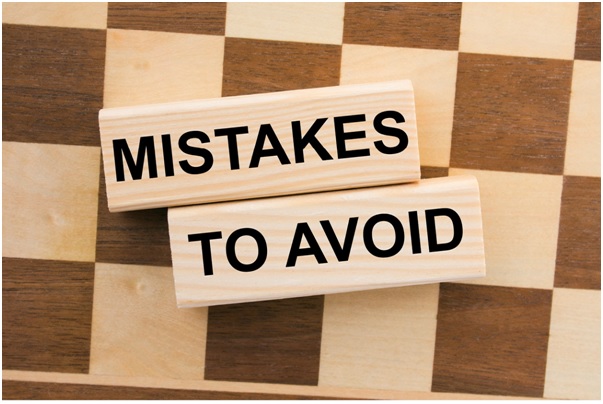
Having an arched back
The first error you’ll make is arching your back when you’re exhausted from bearing the weight of your entire body. But never, ever, do this! In the long run, this can harm your spine. Make sure your shoulders and palms are wide enough to prevent making this error. This will relieve upper body pressure and correctly activate your core muscles.
Aiming directly forward
Your neck will get strained if you make this error, so keep it well-aligned by looking at the ground or your mat.
Bringing your hips down
When fatigue sets in, you can make this common error once more, which will place more tension on your lower back. Squeezing your glutes will help you maintain your hips lifted and stop this from happening. Breathe deeply.
Plank exercise advantages

Read Also: 3 Reasons To Choose Cinnamon As Your Spice Of Choice
Here are Seven plank benefits you need to be aware of,
1) Bolsters Core

Planks are excellent abdominal exercises because they work all the core muscular groups, including the glutes, external obliques, rectus abdominis, and transverse abdominis. You will notice an increase in your ability to lift heavy objects, an increase in your ability to bend sideways and twist your waist, as well as a stronger back and buttocks. One of the main advantages of the plank exercise is a strong core.
2) Enhances stability
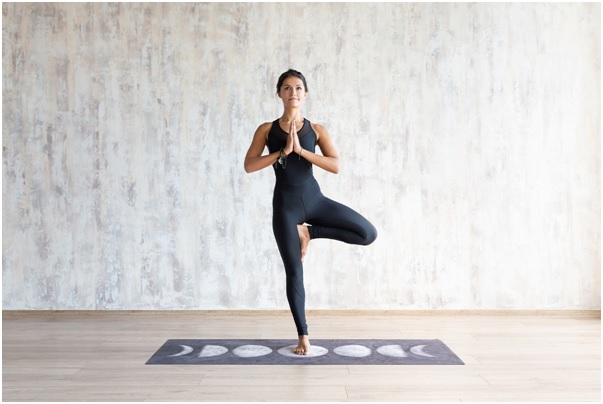
Have you ever tried to stand on one leg while exercising but found that you couldn’t keep your balance for more than a few seconds? If you’re thinking that it might be because you’re clumsy, you’re mistaken. Your weak abdominal muscles are the reason why this occurs.
Your core, not your legs, is what keeps you upright and straight. Your balance will also get better if you consistently perform plank workouts.
3) It enhances posture
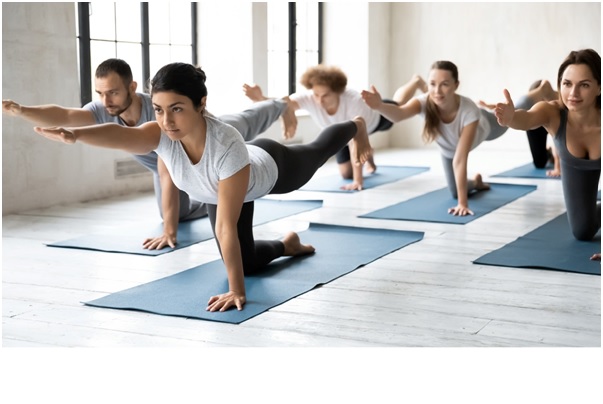
Are you sick and weary of staring at a laptop at work or home? Do you fear that your posture may be permanently damaged by this? Then, we advise you to frequently perform plank exercises. Your posture will be better, and they’ll keep your bones and joints in place. Having good posture can also guarantee that your back is aligned properly, decreasing the likelihood of back pain. The appearance of confidence is enhanced by having good posture, thus this is another benefit of planking that we might all benefit from!
4) Increases adaptability
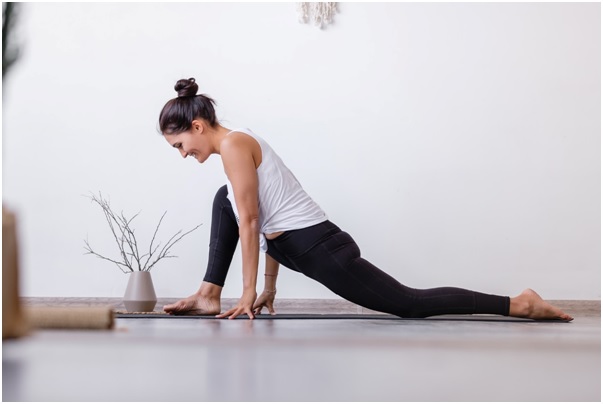
One of the main benefits of the plank exercise is increased flexibility because it stretches your hamstrings, your feet’s arches, and your soles as well as all your posterior muscle groups, including your shoulders, collarbones, and shoulder blades. Planks now serve as more of a strengthening workout.
5) Boosts metabolic rate
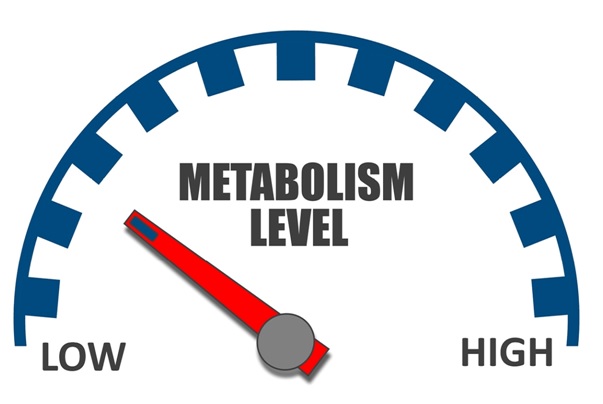
Your entire body is put to the test when you attempt to hold a plank. Planks burn more calories per day than standard ab exercises like sit-ups and crunches. Regular plank practice will develop your core muscles, increasing your rate of energy expenditure.
You should strive to perform planks frequently if you spend the majority of your day in front of a computer because this plank benefit might be quite beneficial to you. It will not only increase your metabolic rate but also make sure that it stays elevated throughout the entire day.
6) Enhances disposition and reduces stress

This is one advantage of planking that enhances general wellbeing. Plank exercises are a great way to reduce stress since they have a favourable impact on your nerves. Planks stretch the muscle areas that create stress in the body, therefore this is effective.
Like all forms of exercise, planks also cause the release of endorphins, which elevate mood and reduce tension.
7) Diminishes belly fat

One of the best exercises for burning calories and shedding tummy fat is the plank. The plank workout not only tones your abs but also makes your stomach tighter. You obviously want to benefit from this one plank, right?
How Should I Begin My Plank Exercise?
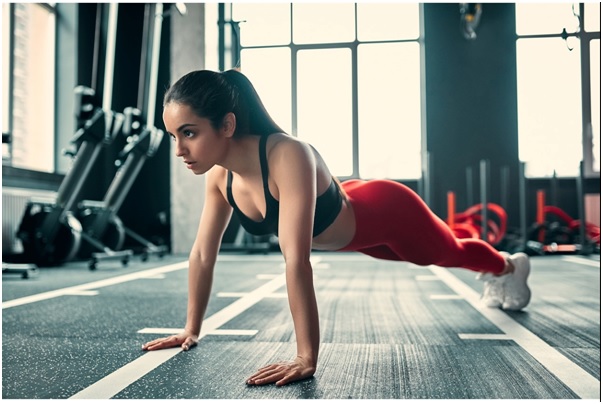
Despite the numerous advantages of the plank exercise, refrain from becoming too enthused and starting right away. If you’re just starting out, try one plank every day. Aim to hold it for 30 seconds, then gradually increase that time.
To experience the above-mentioned plank benefits, it is advised that you attempt to perform at least three sets of 60 seconds each.
Planks should not be attempted by anyone who:
- Suffer from shoulder pain
- Experience shoulder discomfort following the workout
- Experience pelvic discomfort issues
- Are expecting a child or just gave birth





